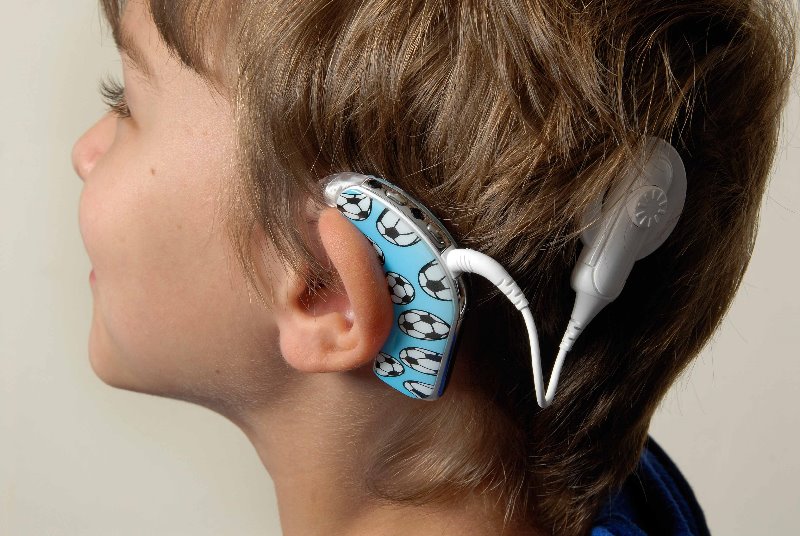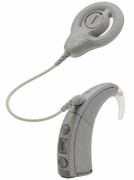Cochlear Implants
Facts About Cochlear Implants
- A cochlear implants is a device that provides stimulation directly to the auditory nerve, bypassing damaged parts of the ear that are preventing sound from reaching the auditory nerve. An implant does not result in "restored" hearing, but does allow the person to perceive sounds.
- Cochlear implants are not indicated for all hard of hearing people. They are not recommended for people who function well with hearing aids. Other people are unable to get a cochlear implant due to other health concerns. Other people choose not to get a cochlear implant for personal reasons.
- Approximately 96,000 Americans have cochlear implants.
- Cochlear implants were first FDA approved for adults in 1985 and for children in 1990.
- Insurance generally covers the costs of cochlear implants; cochlear implant surgery is one of the most cost-effective procedures ever reported.
- Cochlear implants can be in one ear or both.
- Children can be provided cochlear implants as young as 12 months old.
- Children who use cochlear implants can listen, talk, and connect with the world around them.
- When children are identified with hearing loss early, receive hearing technology early, and have family centered support, they can develop language on par with their peers.
- Children who consistently use their cochlear implants and do not have other concurrent learning disabilities can develop literacy skills on par with their peers.
- Less than 500,000 (less than 1%) of people in America use sign language as their primary way to communicate. Most of these sign users are deaf. But not all cochlear implant recipients use sign language.
- There is a wide variety of communication modes used by people with cochlear implants. Some cochlear implant users use only spoken communication, others use spoken communication with sign language support, and others primarily use sign language with only some spoken communication. It all depends on the individual and how much access to sound their own cochlear implant can give them. Many children start out using sign language support when they are first learning spoken language and the sign language support is faded out as they become more efficient spoken communicators.
Emily Buddenberg
Deaf Educator and Speech-Language Pathologist






